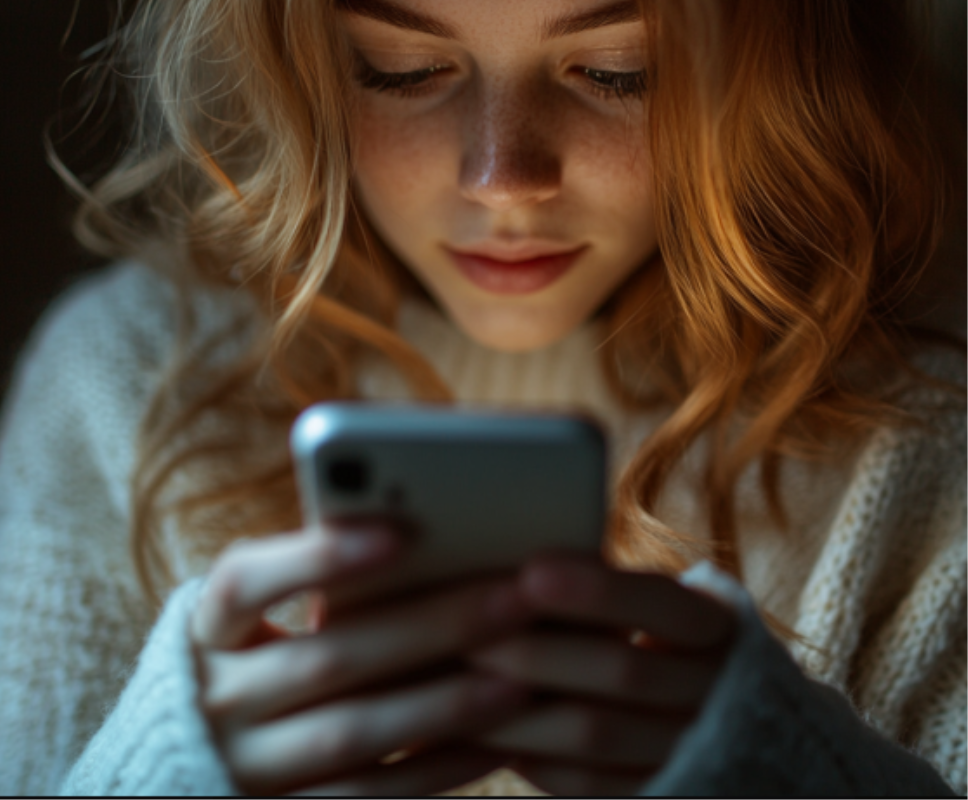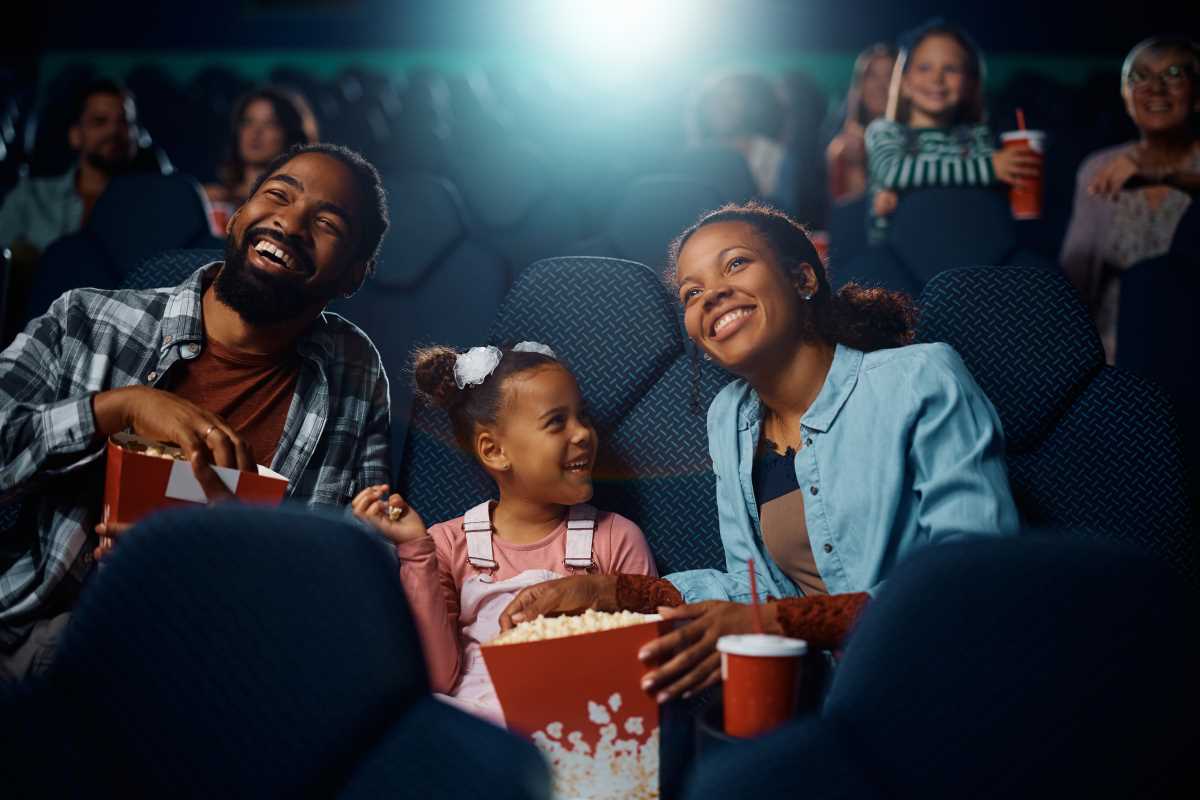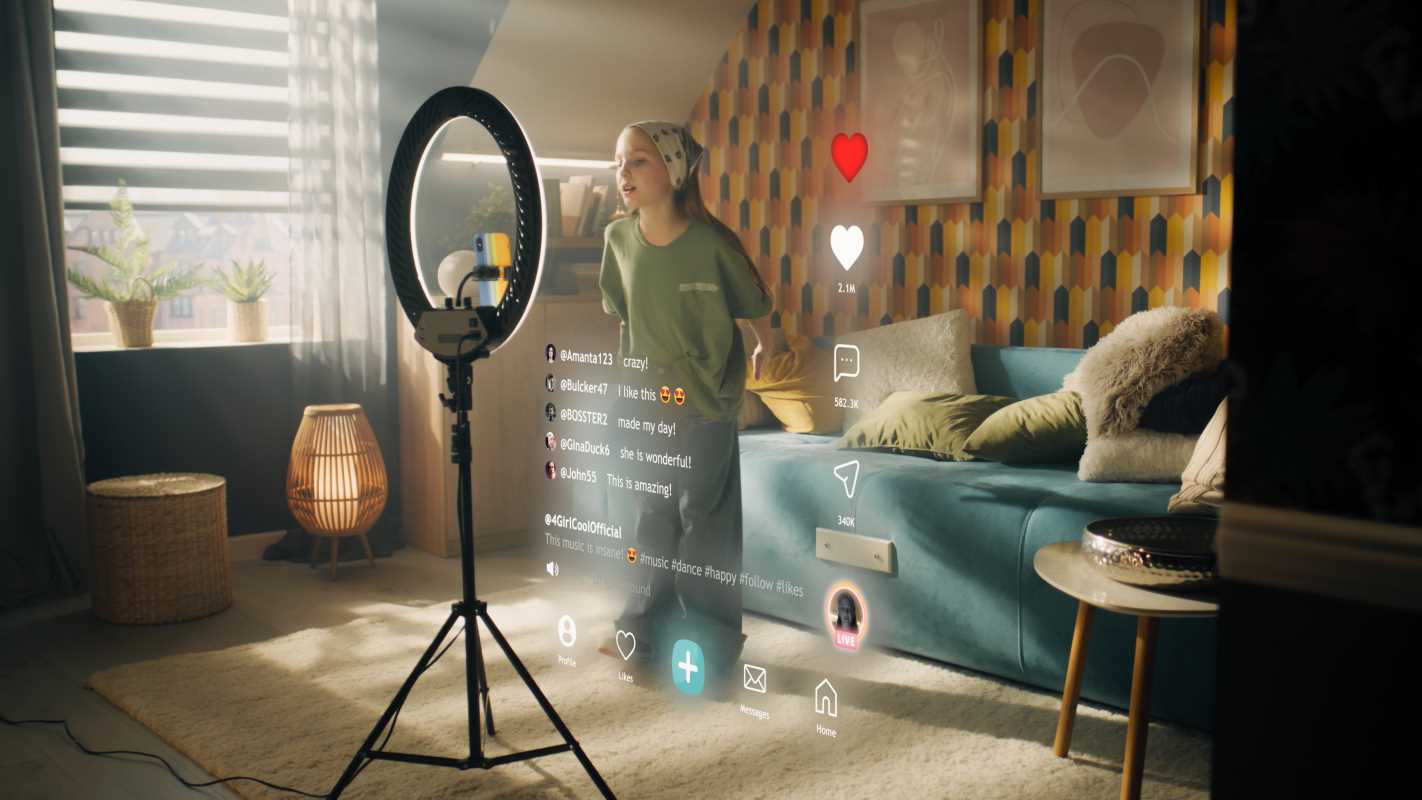For those of us who grew up with a limited range of faces and stories on our screens, the shift toward greater diversity in modern storytelling can feel like a long time coming. As a millennial who remembers a time when representation was often an afterthought, I’ve witnessed firsthand the power of inclusive narratives. But for some, the importance of diversity in film, television, and literature might not be immediately clear. It’s not just about “being PC” or ticking boxes; it’s about enriching our understanding of the world and creating stories that resonate with a broader audience.
Reflecting Reality
Our world is diverse. People come from all walks of life with different ethnicities, religions, sexual orientations, abilities, and socioeconomic backgrounds. For stories to feel authentic and relevant, they need to reflect this reality. When we only see a narrow slice of society represented, it creates a distorted view of the world and can leave many people feeling unseen and unheard. In short, diversity in storytelling makes stories feel more real, connecting us to a wider range of human experiences.
This shift has been long overdue. While traditional storytelling often relied on familiar tropes and stereotypes, modern storytelling works to break those molds. The result? More authentic narratives that resonate with a broader audience. It’s about reflecting who we truly are as a society, not just as we were historically presented.
Expanding Perspectives
Stories have the power to broaden our horizons and challenge our assumptions. By showcasing diverse characters and experiences, we gain insights into lives different from our own. We learn about different cultures, perspectives, and challenges, which can foster empathy and understanding. With diversity, we get the chance to explore human life in all its complexity, sparking a deeper appreciation for the richness of the world around us.
When people watch or read stories that include diverse characters, they gain a window into someone else's life. They are challenged to see the world through a new lens—one that may not always align with their own. This is essential in building a more connected and compassionate society.
Breaking Down Stereotypes
For too long, marginalized groups have been portrayed in stereotypical ways, perpetuating harmful misconceptions and prejudices. Diverse storytelling offers the opportunity to break down these stereotypes and present more nuanced and complex characters. When we see characters from different backgrounds in leading roles—as doctors, lawyers, artists, and everyday people—it challenges the limited and often negative portrayals that have dominated popular culture for so long.
This is particularly important when we consider the impact of media on public perception. By presenting people from different races, ethnicities, and backgrounds as fully realized, three-dimensional characters, we can dispel harmful ideas and foster a more inclusive and accepting world. Diversity challenges us to move beyond stereotypes and see the individual, not just the group they belong to.
Creating Opportunities
The push for diversity in storytelling isn’t just about what we see on screen or in pages; it’s also about who gets the opportunity to tell those stories. A more inclusive industry means more opportunities for writers, directors, actors, and other creatives from underrepresented groups. This leads to a greater variety of voices and perspectives, which ultimately enriches the stories we consume.
When storytellers from diverse backgrounds are given a seat at the table, the result is a richer, more complex tapestry of narratives. These voices bring new experiences, values, and traditions to the forefront, transforming the creative landscape. It's a win-win: the industry becomes more inclusive, and the stories we consume become more exciting, authentic, and varied.
Resonating with a Wider Audience
When stories reflect the diversity of the audience, more people are able to see themselves represented. This creates a stronger connection to the characters and the narrative. When people feel seen and understood, they are more likely to engage with the story and connect with its themes. The increasing focus on diversity helps to ensure that no one feels like their experiences are irrelevant or overlooked.
Representation is a powerful tool for creating that emotional connection. It’s one thing to watch a story, but it’s something entirely different when you can relate to the character’s struggles, joys, and victories. Diversity in storytelling ensures that no one is left out of the conversation, making stories more impactful and meaningful.
The Power of Representation
Representation matters. Seeing someone who looks like you, shares your background, or experiences similar challenges can be incredibly powerful. It sends a message that you belong, that your story is worthy of being told. For young people, seeing diverse characters in positive roles can be especially impactful, offering role models and inspiring them to pursue their dreams.
This kind of representation can be life-changing, particularly for those who have long been underrepresented or misrepresented in mainstream media. It gives them the confidence to believe in their own potential and to pursue careers and ambitions they might have otherwise thought were unattainable.
Challenging the Status Quo
Diverse storytelling isn’t just about making people feel good; it’s a powerful tool for social change. By challenging stereotypes, raising awareness about social issues, and showcasing different perspectives, stories can spark conversations and inspire action. They can help us see the world in a new light and encourage us to work toward a more just and equitable society.
The stories we tell have the power to influence how we think, act, and relate to one another. Diverse narratives challenge the status quo by confronting issues like inequality, prejudice, and injustice. They open the door for people to question long-held beliefs and explore new possibilities.
.jpeg)


.png)
.png)

.png)
